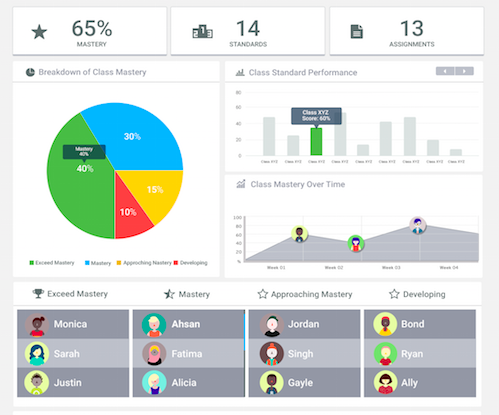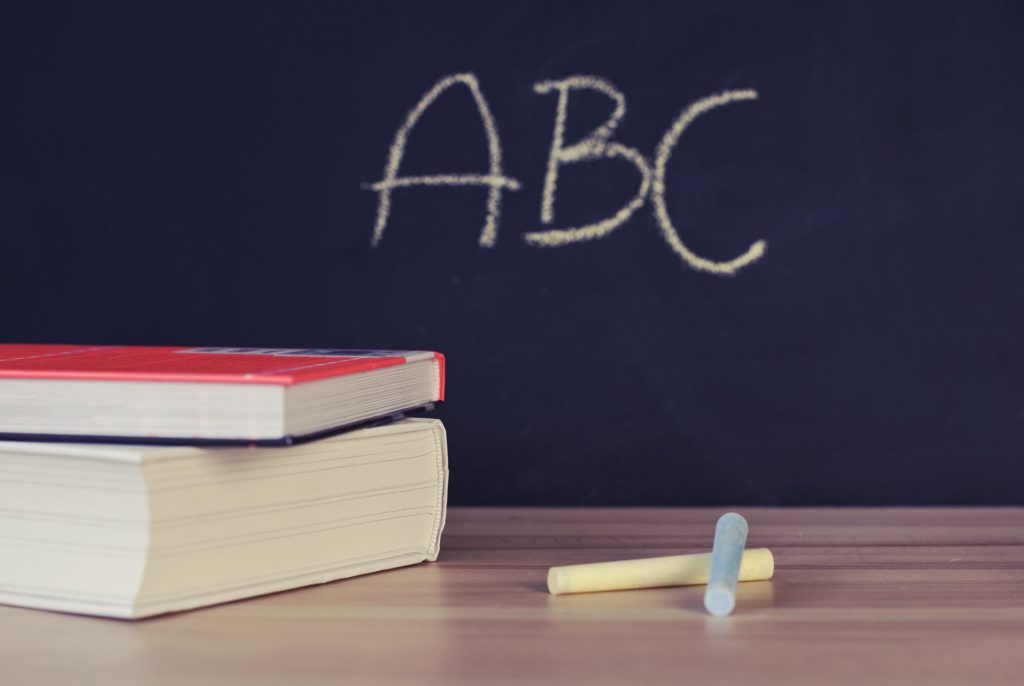Are you looking for strategies that help your students attention span? If so, keep reading.
1. Create an environmental setting for the classroom that promotes optimal individual performance (e.g., quiet room, background music, fresh air, etc.).
2. Give clearly stated instructions, written or oral (e.g., make instructions as simple and concrete as possible).
3. Select various people (e.g., peer, counselor, paraprofessional, etc.) to help the student remain on-task.
4. Get the student to listen and take “Who, What, Where, On occasions where, How, and Why” notes when information is presented.
5. Show instructions following the outline of (1) What, (2) How, (3) Learning materials, and (4) On occasions where.
6. Move materials used for tactile stimulation (e.g., pens, paper clips, loose change, etc.) away from the student’s reach.
7. Give the student an individual task when the group setting is overly distracting.
8. Urge the student to create a 30-second description of their goal to help them remain on-task and focused (e.g., “I will listen carefully. The better I focus and remain on-task, the better I will perform.”).
9. Provide information to the student on a one-to-one basis or use a peer tutor.
10. Give an incentive statement along with an instruction (e.g., “You can go to lunch after you finish 15 math problems.”).
11. Praise the student for concentrating on a task for the duration of time the student can be successful. As the student demonstrates success, slowly increase the duration of time required for reinforcement.
12. Minimize the amount of information on a page if it is visually distracting for the student (e.g., less print to read, fewer problems, isolate information that is presented to the student, etc.).
13. Follow up a less desirable task with a more desirable task. Make the conclusion of the first appropriate to perform the second.
14. Reward the student for concentrating on a task for a specific duration of time (e.g., a break, visit briefly with a peer, etc.).
15. Pair the tasks with the student’s learning experience level. On occasions where the student is feeling highly active, give them tasks that require a great degree of movement. On occasions where the student is most likely to pay attention, give them tasks that require less movement and more sitting.
16. Urge the student to avoid ingesting any substance (e.g., drugs, alcohol, cold remedies, etc.) that might further alter their capacity and ability to concentrate.
17. Support the student in staying on-task. As the student shows success, slowly lessen the amount of assistance given and require the student to independently remain on-task.
18. Create an environment that is quiet and tidy (e.g., clean, well-lighted, fresh smelling, and at a comfortable temperature).
19. Let the student occasionally take a learning activity home when the work setting is overly distracting.
20. Reward the student for finishing a task within the amount of time allotted.
21. Consider using assistive technology designed to help students to attention deficit hyperactivity disorder to concentrate. Click here to view list of assistive technology apps that we recommend.











